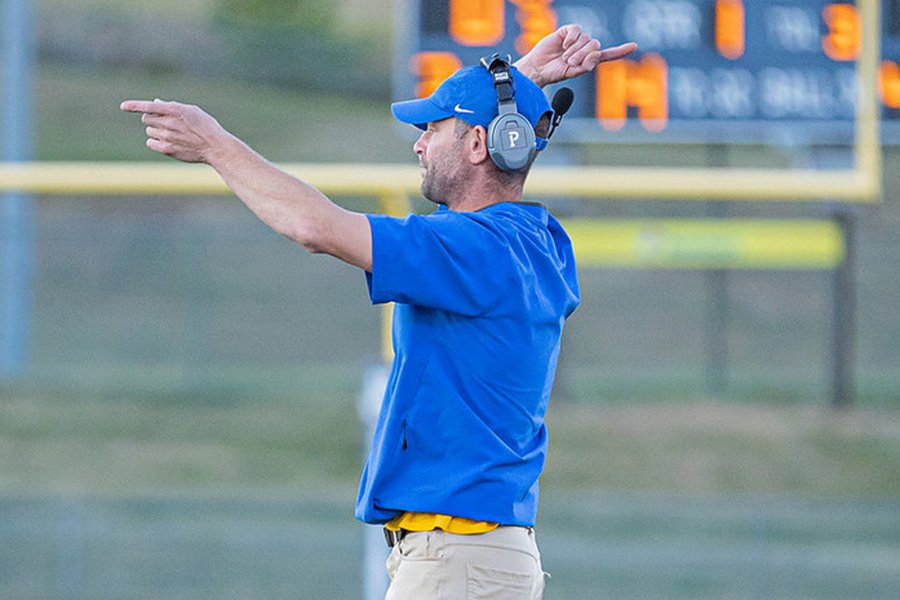The Pledge of Allegiance: An American Tradition?
May 11, 2017
Written in 1892 by socialist preacher Francis Bellamy, the Pledge of Allegiance was not originally intended to be used by only the US, but for any nation that wanted to. It began as “I pledge allegiance to my Flag and the Republic for which it stands, one nation, indivisible, with liberty and justice for all,” when Bellamy wrote it. In 1923, “the Flag,” part was replaced by “the Flag of the United States of America” The final alteration to the pledge was done in 1954, by President Eisenhower. This was the addition of “under God,” and it was added as a reaction to the communist threat that existed at the time. Nearly ten years earlier, in 1943’s landmark Supreme Court decision of West Virginia vs. Barnette, the court ruled in favor of the free speech amendment to the constitution, stating that saying the pledge was optional. Today, students are still not obliged to take part in the Pledge of Allegiance, yet if you look around in the morning, almost all students do.
Not standing for the Pledge can result in either outrage or strange and concerning looks from your peers or even teachers, and some students just don’t care. But what makes students sit down while others stand, and what do people really think about those who don’t stand?
“A lot of the time, standing for it is just habit, it’s something we always do, and I don’t have a reason not to stand. I feel like it’s our country, and we should pledge allegiance to our flag,” English teacher Ms. Define said. “There are a lot of people serving our country and doing something that I couldn’t do, and so I pledge to them. I don’t care if (those who don’t stand) are gonna protest, but if you’re just too lazy, that seems wrong.” Junior Cooper Saunders agreed. “It’s fine if you don’t, but it annoys me if you are talking and walking during it. That’s disrupting to other people,” he said.
However, other students feel differently. “I don’t usually stand for the Pledge of Allegiance, I feel like it’s honestly like this crazy thing we do as a country. We all get up and pledge to this flag, it’s weird. I just stay silent and to myself (during the pledge) and it’s not a big deal.” said Senior Reese Miller.
The Pledge of Allegiance has been around for more than one hundred years, and it is ingrained into the daily routine of students. This seems to be the main motive students have for standing.
“I do it because I feel like I have too. It’s like a natural thing now, because we have been doing it for so long,” sophomore Jada Sims said.
Sophomore Evan Sposato shared another example of this. “Yesterday, in one of my classes, a lot of people were on a field trip and there were only five of us there. During the Pledge of Allegiance, those four people usually stand up, but none of them did. So on their own, they really don’t care, but if the group’s doing it, they do too,” he said.
Junior Hana Lagana had similar feelings. “After Trump became president, I didn’t agree with the Pledge of Allegiance at all.”
The opinions on the Pledge range from disinterested to controversial, and many students are not afraid to share their feelings about it. “I think that pledging allegiance to a country is only wrong, and “under God,” should not be in it, because that’s a government promoting one religion over another, and we are a secular nation,” sophomore Shaun Sarker said.
Whether you choose to stand for the Pledge of Allegiance or you sit in protest, your right to do so is valid and is protected. Be mindful and respectful of those who chose to do what they feel is right for them.









